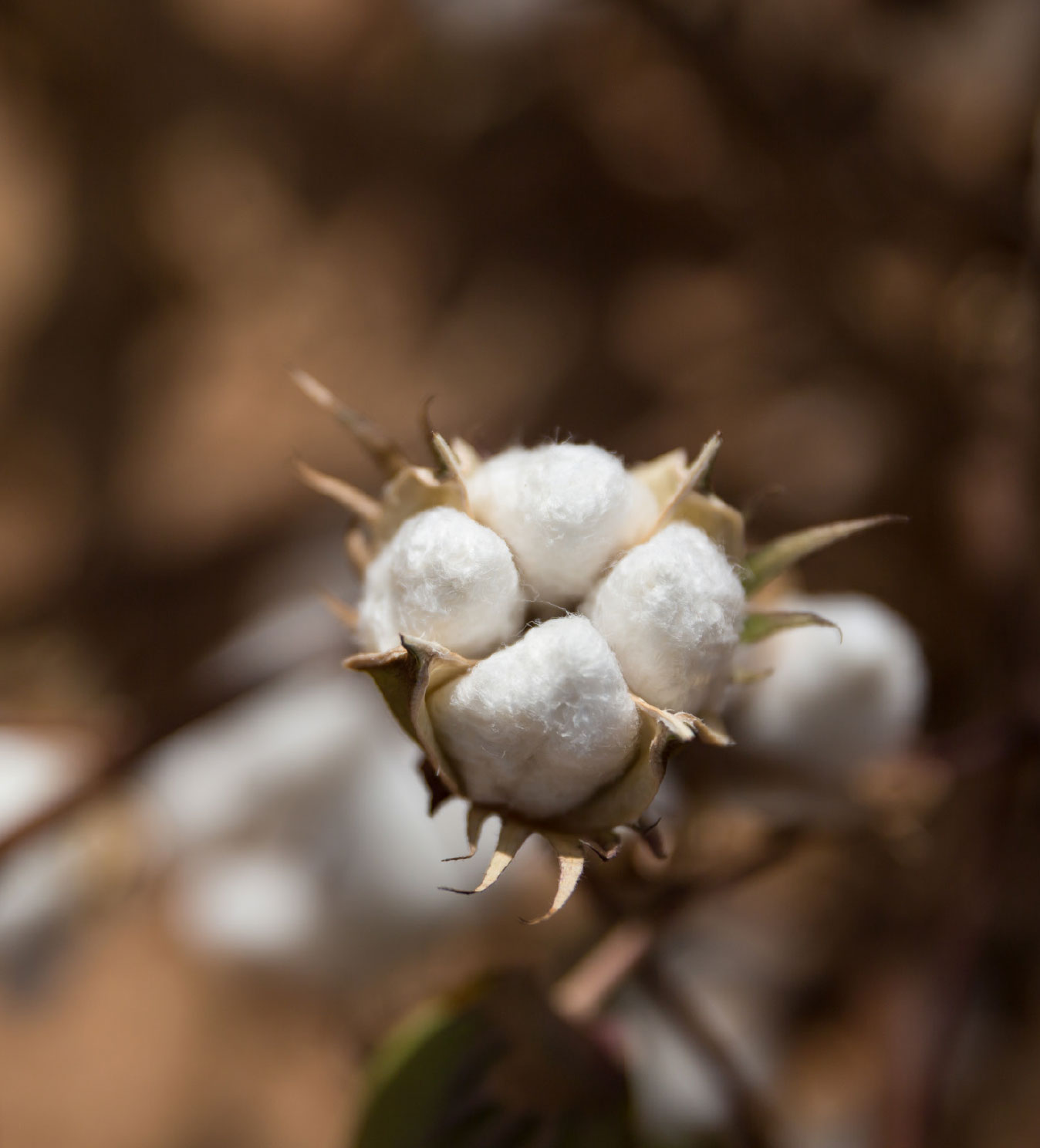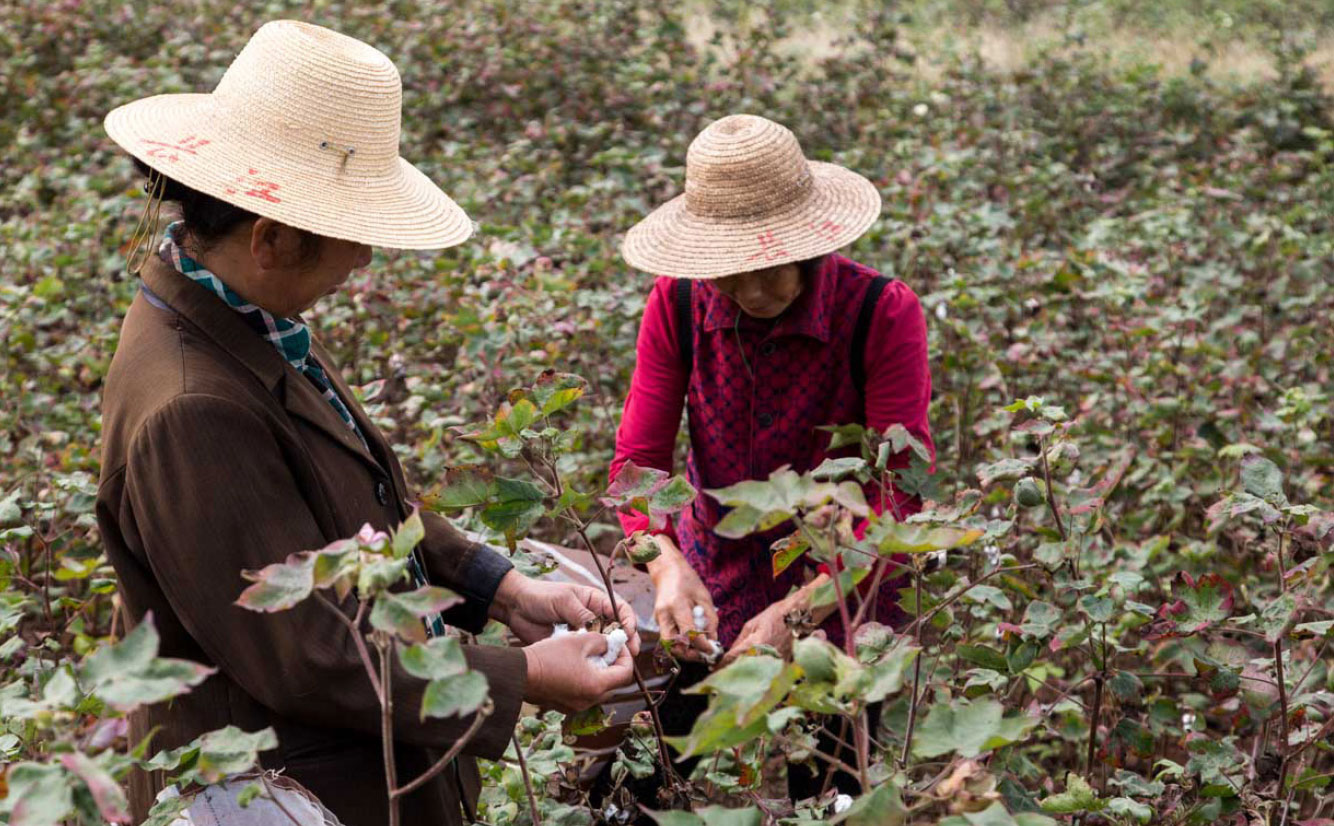How can we grow the organic cotton market and improve farmers’ livelihoods?
We are the world’s biggest funder of organic cotton production. And our corporate partner, C&A, is the world’s biggest buyer of organic cotton. Together with C&A, we’re committed to tackling the systemic challenges that keep the market at less than 1% of all cotton produced.
How? By doing what we as a foundation do best: focusing on the deep-rooted challenges and changing the system to improve farmers’ livelihoods.
When we started our global organic cotton programme in 2014, we initially focused our funding on training farmers to transition to organic in India, Pakistan, China, Tanzania and Brazil. We developed a successful model for engaging with smallholder farmers. This meant that we were able to approach governments to advocate policies that better enable farmers.
We also learnt that to make scalable, permanent change, we need to do three things: demonstrate that organic is good for farmers, bring the industry together to address deep-rooted issues and work with state and national governments to enforce better policy and support farmers.
Our funding focuses on these three interlinked elements working simultaneously.


Success story
Number of organic cotton farmers globally has increased by 20%
Our initiatives are helping 40,000 farmers, of which approximately 8,000 are women, to convert to organic agriculture. Of the 8,000 women farmers, 290 are in leadership roles across the world.
40,000
Farmers
8,000
Female Farmers
In India, over three years our partners have reported a 29.5% increase in the income of organic cotton farmers compared to conventional cotton farmers. In China and Pakistan this figure is -51% and -12.2% respectively.
These trends are reflective of the maturity of the organic cotton sector in different geographies. India - the largest organic cotton producing country globally - has an integrated organic cotton supply chain and greater access to better quality organic inputs and knowledge compared to China and Pakistan, where organic cotton cultivation is in a nascent stage. As these markets mature, we expect to see income figures in these areas quickly catch up to those of more advanced markets.
Percentage change in income compared to comparison farmers
2015 / 2016
2016 / 2017
2017 / 2018
India
2015 / 2016
1.60%
2016 / 2017
8.70%
2017 / 2018
29.50%
Pakistan
2015 / 2016
NA
2016 / 2017
-6%
2017 / 2018
-12.20%
China
2015 / 2016
NA
2016 / 2017
-222%
2017 / 2018
-51%
Environmental Impact
Our preliminary research on the ecological impact of organic cotton cultivation in Madhya Pradesh, India, shows that (per metric tonne):
- 93%
Fresh water consumption
Organic cotton: 24,400 kg Conventional cotton: 344,000 kg
Organic cotton uses almost 93% less water
- 50%
Climate change impact
Organic cotton: 338.5 kg CO2 Conventional cotton: 680.2 kg CO2
Organic cotton has almost 50% less impact on climate than conventional cotton
The challenges in the organic cotton sector are too huge for one organisation to solve alone. Our efforts are focused on catalysing initiatives and inviting others to step in to address the challenges. This collaborative approach results in substantial leverage.
Leverage across programmes over time
2015 (€)
1,941,863
2017 (€)
7,651,829
2017 (€)
2,688,781
Total (€)
12,282,473
The leverage contribution comes in from stakeholders across the sustainable cotton ecosystem – brands and retailers, supply chain actors, other private sector philanthropic organizations and the public sector. The leverage generated varies over time basis the outreach of the various programme partners. The programme works towards long-term change that aids in the improvement of farmer livelihoods and therefore is important to consider the collective leverage over time.